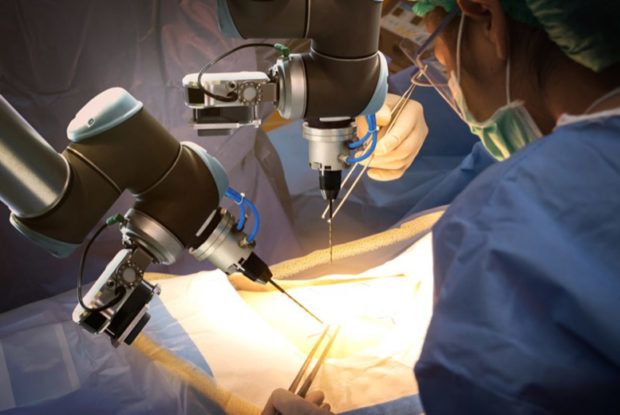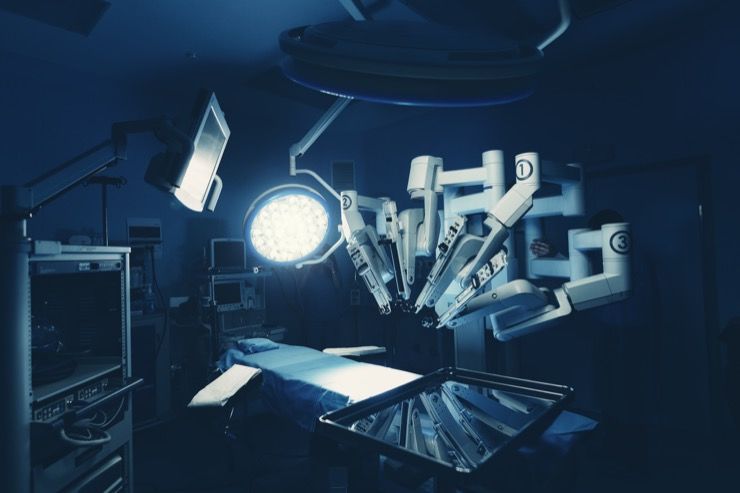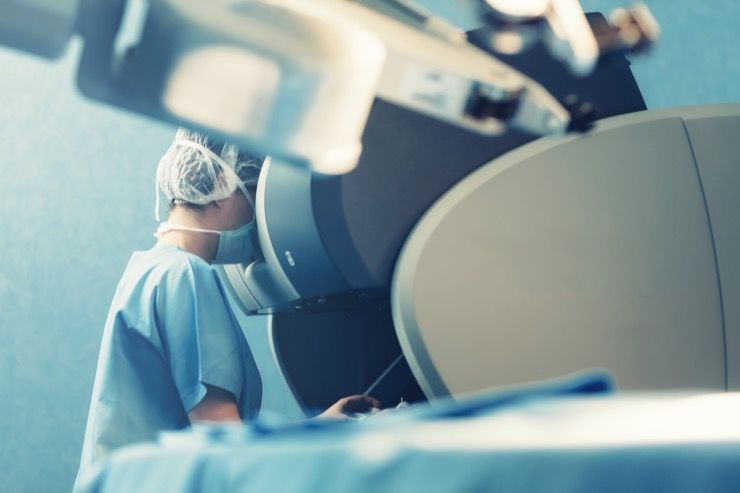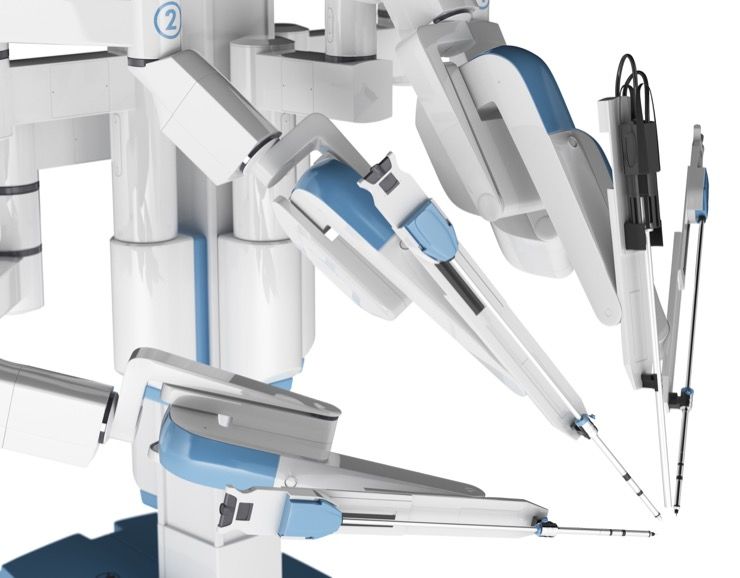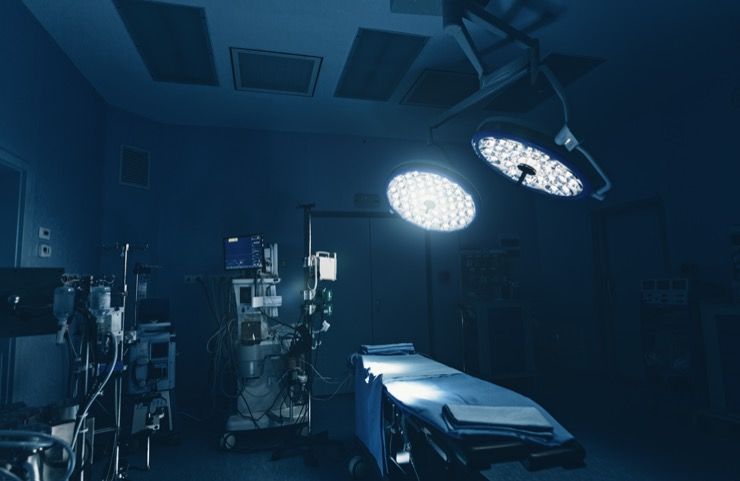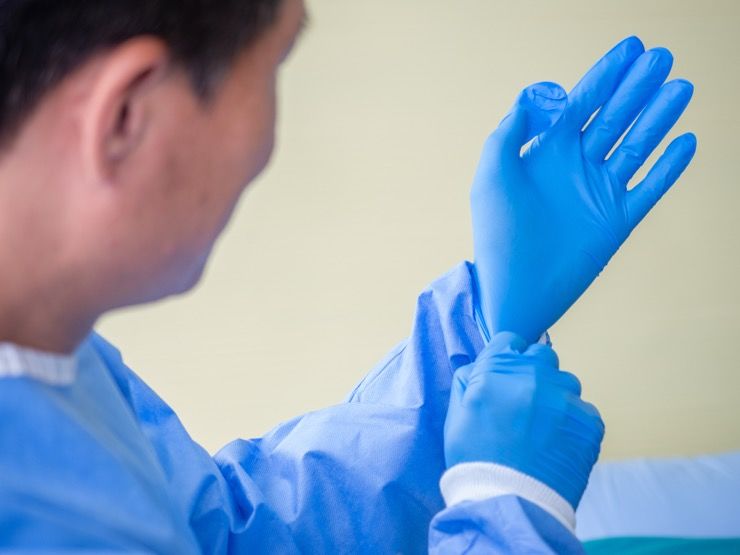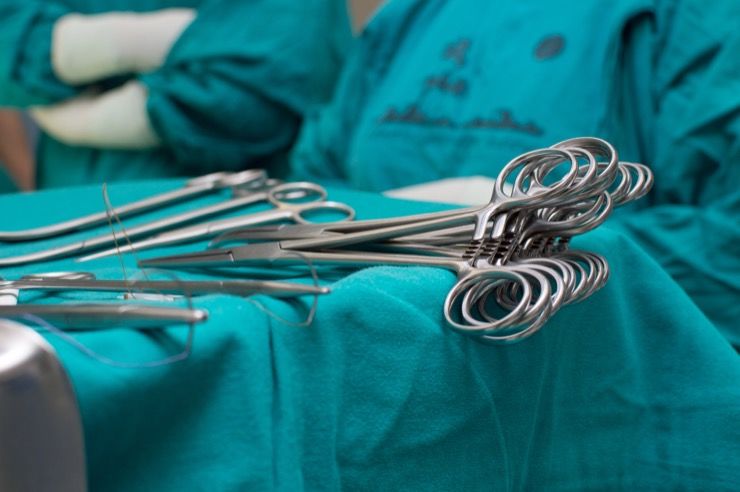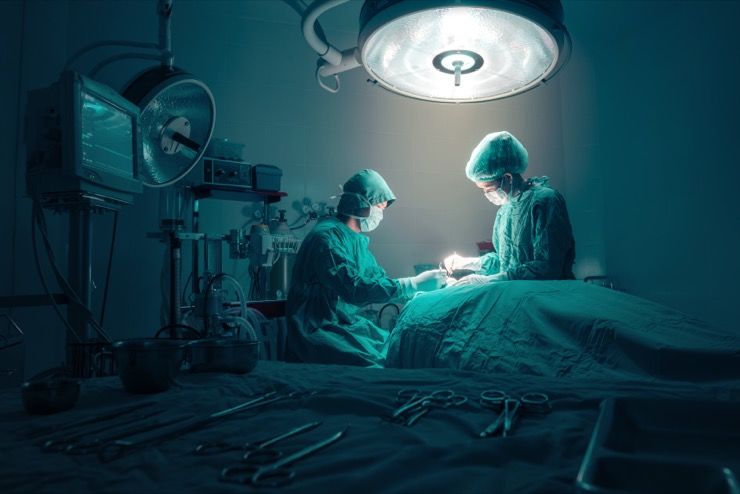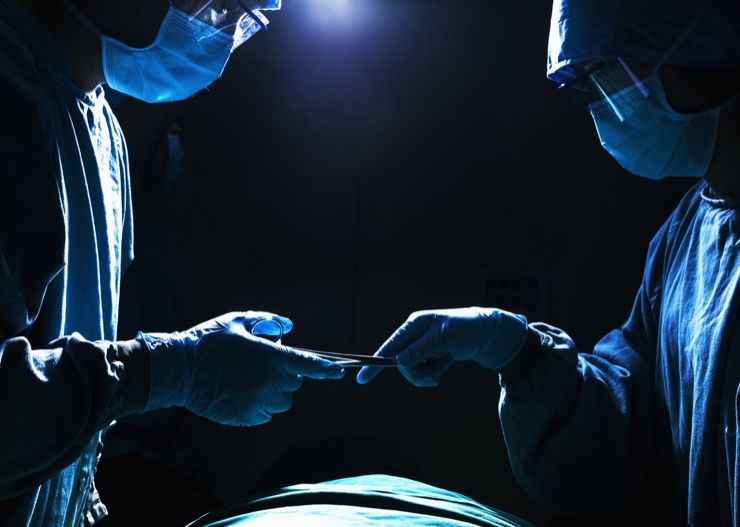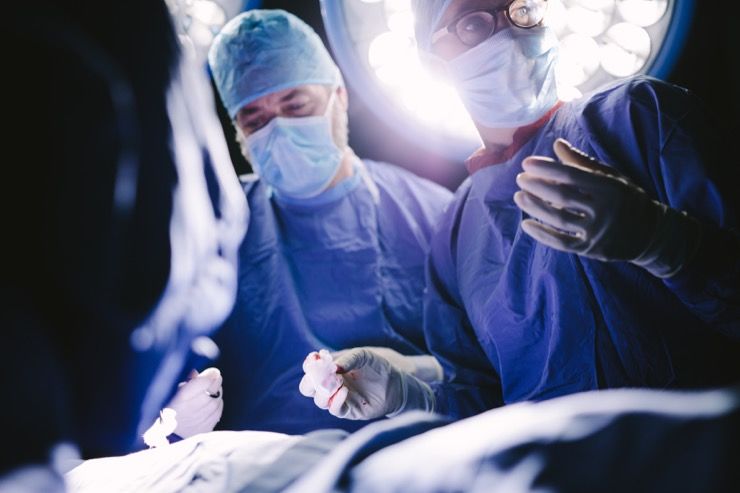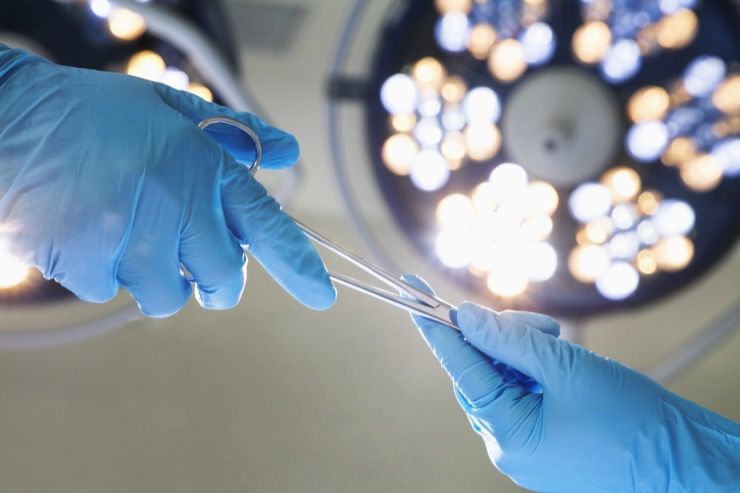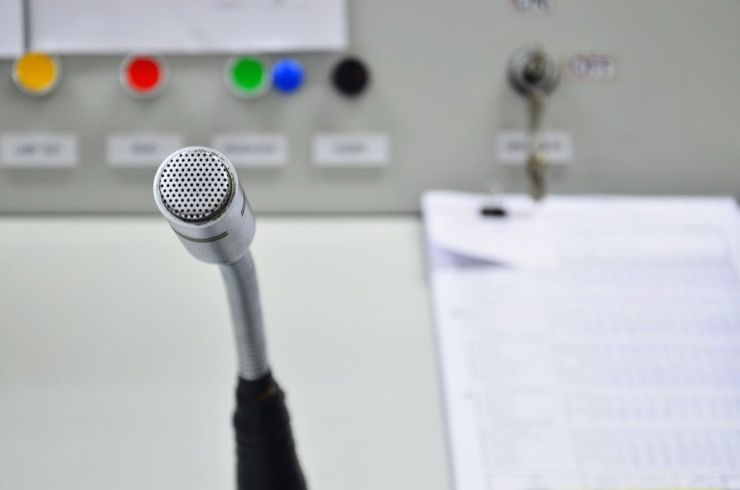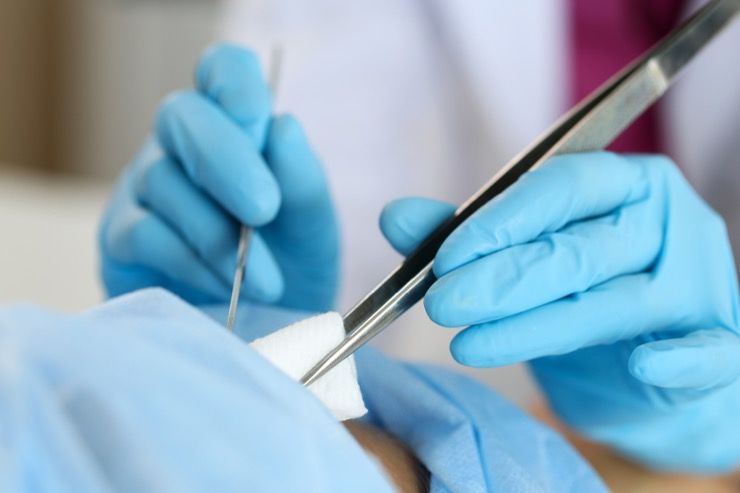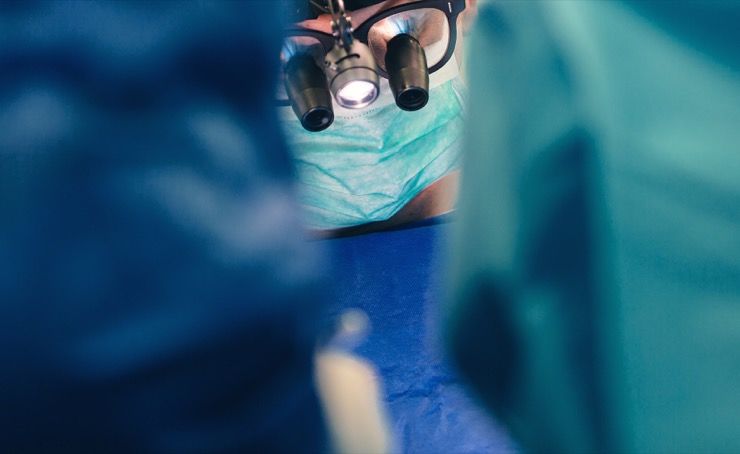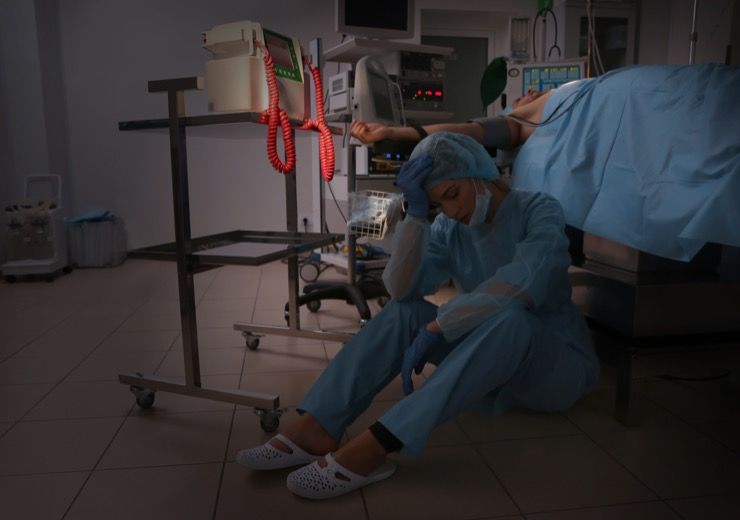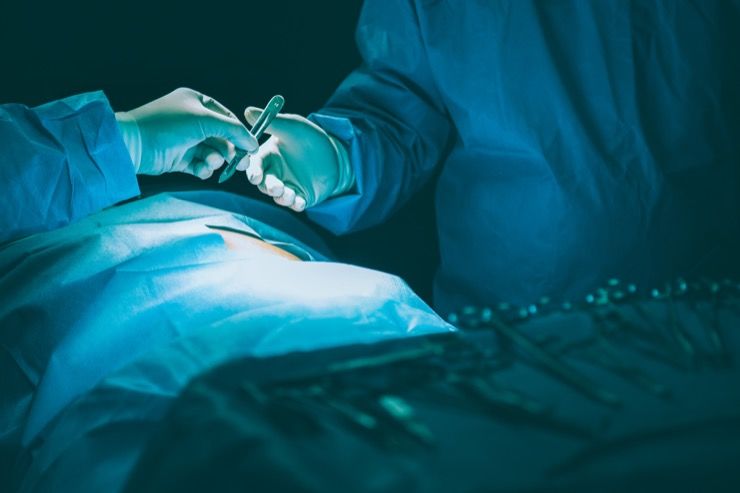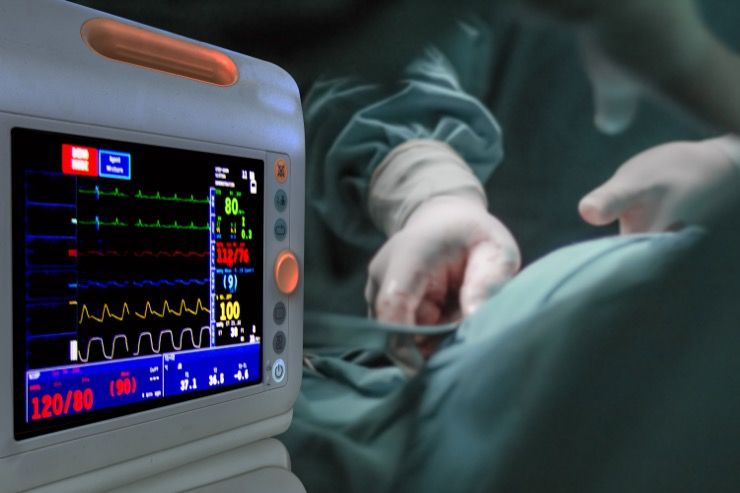While robotic surgery is considered generally safe, the FDA is reviewing the data after a growing number of reported complications. The risk versus reward is being analyzed as robotic-assisted surgeries also carry the risk of human error.
In the following story, the “first of its kind” robotic heart surgery was conducted by a surgeon inexperienced with the technology. This led to a horrible chain of events…
Robot-Assisted Heart Surgery
Stephen Pettitt, 69, was set to undergo a Da Vinci robot-assisted heart valve operation at the Free Hospital in Newcastle, England. According to Da Vinci’s website, the goal of mitral valve surgery is to repair or replace the damaged valve and allow blood to flow properly.
Minimally Invasive
“Da Vinci technology enables your surgeon to operate through a few small incisions between your ribs, like minimally invasive thoracoscopy, instead of a large open incision,” they explained. “The da Vinci System is a robotic-assisted surgical device that your surgeon is 100% in control of at all times.”
Benefits
The surgery offers the patient a shorter hospital stay, smaller incisions with minimal scarring, a low need for transfusions and fast improvement of physical function following surgery. It is no surprise that Pettitt, a music teacher, was intrigued by the procedure.
Scheduling Surgery
He soon scheduled his surgery with Dr. Sukumaran Nair. Nair was the lead surgeon who would be assisted with the surgery by Dr. Thasee Pillay and two proctors. But the major problem was that Nair had never had any one-on-one training in using the device.
Device
He missed a training session in Paris using a cadaver, and another session at his own hospital because he was busy with other surgery, according to the Daily Mail. Despite this, he conducted the operation to repair Pettitt’s leaking mitral valve using the da Vinci robot for the first time.
Higher Risk
In regards to gaining patient consent, Nair said, “I made it clear to (Pettitt) that he is going to be the first robotic mitral valve repair patient. … I had explained to him about risks. I agree, I did not tell him he ran a higher risk being the first robotic mitral valve patient.”
Team Of Doctors
Nair trained in India and London and previously worked at Papworth Hospital before operating at the Free Hospital. Nair would need all the help he could get with the surgery from his assistant surgeon and the two proctors supplied by Edwards Lifesciences.
Setting Up
According to consultant cardiothoracic anesthesiologist Kevin Brennan, the proctors were helpful in setting up for the procedure. Dr. Anthony George, a consultant assisting with the operation on Pettitt, said the anesthetic proctor told him at the beginning of the operation that they would be leaving at lunchtime.
Supervising Experts
Nair was aware the proctors, also known as supervising experts, were intending to leave at lunchtime and were not returning. He was not surprised, so he chose to go ahead with the surgery without them.
Surgery
George told the Daily Mail, “I don’t recall exactly what was said but the implication was that he was happy to continue with the process.” He said the robotic operation continued after he told them he was considered that it was going badly.
Tensions
“I expressed my concern to both surgeons that things were not going well. The report into this incident said later that it was not my place to harass surgeons and that is not the role I took on,” George added. Tensions between the two surgeons, Nair and Pillay, led to shouting between them.
Poor Communication
Both appeared to be unable to tell what the other was saying and they were also disagreeing over the placing of the stitches in Pettitt’s heart, according to George. He said, “I think the proctors should have stayed for the whole case, their departure is significant.”
Surgery Gone Wrong
The loss of that vital assistance turned out to be another major blow at a critical time. During the surgery, Pillay was standing a few feet away from Nair facing the patient, while the lead surgeon had his head in a console facing away from him.
Microphone
While he could hear Nair’s voice through a microphone, his method of making himself heard if he saw something going wrong was to shout. Pillay explained that they weren’t far apart, but “Nair’s voice comes through a microphone and it is tiny, the acoustics were not very good. … There were times when I raised my voice, one was when the sutures were not being placed in an organized fashion and were crisscrossed.”
Stitches
The stitches then had to be taken out and replaced, which extended the operating time. Pillay said he raised his voice again when a colleague standing over Pettitt had his arms knocked by the robot. He then called for the proctors to return.
Unable To See Clearly
Pillay thought the proctors had gone to the coffee shop for a break, when in fact they had left the hospital and gone home part of the way through the procedure in February 2015. They were not on hand to help when the father-of-three, Pettitt’s intra-aortic septum was damaged and Nair was no longer able to see clearly when blood covered the robot’s camera.
Death
The robotic operation was abandoned and open chest surgery began when Pettitt’s heart was functioning very poorly. He died a few days later on March 3, after going into multiple organ failure. After the patient died, Nair called Paul Renforth, a coordinator in the use of robotics at the Freeman Hospital, to say he felt “very sad” and that “the procedure had not gone as planned.”
Major Investigation
The death of Pettitt sparked a major investigation at Newcastle Hospitals NHS Foundation Trust, including a probe by police. Professor Naeem Soomro, director of robotic surgery, said the trust had operated with robots 2,500 times, with more than 30 surgeons trained in their use, and it was a national leader in the field, according to the Telegraph.
Inexperienced
After the death of his patient, Nair said, “At the time I should have gained more experience and my clamp times would have been shorter with time.” During a hearing, George said, “I think communication problems the two surgeons experienced was a core part of the failure of the repair. … If they had been able to place those sutures precisely and correctly then the outcome would have been different.”
Investigation Continues
Nair agreed when Barry Speker, for the Newcastle Hospitals NHS Trust, read from an official report by a professor that his cross-clamp times in non-robotic operations were slow and moving to robotic procedures was a premature step like “running before you could walk.” The investigation into Pettitt’s death continues.
